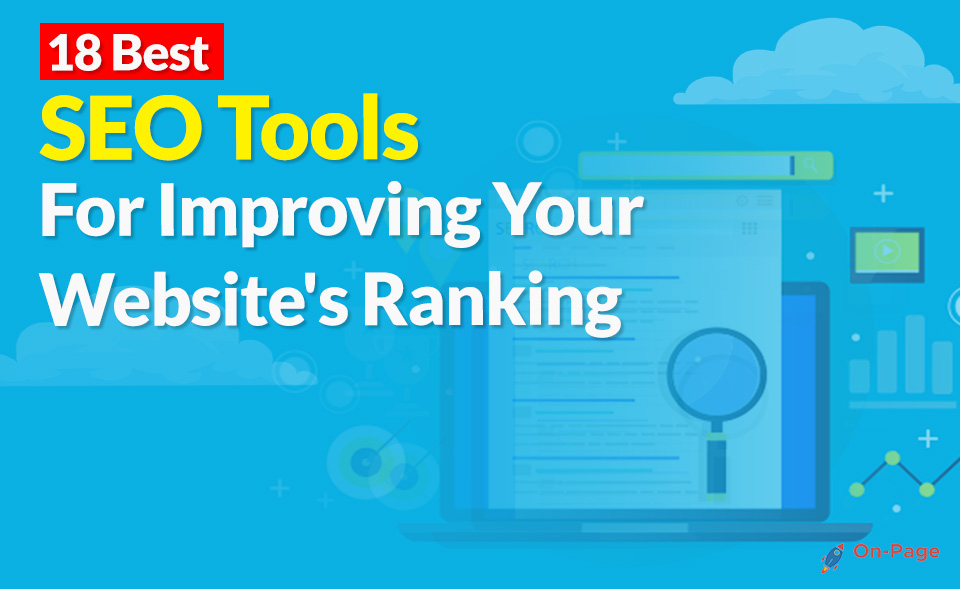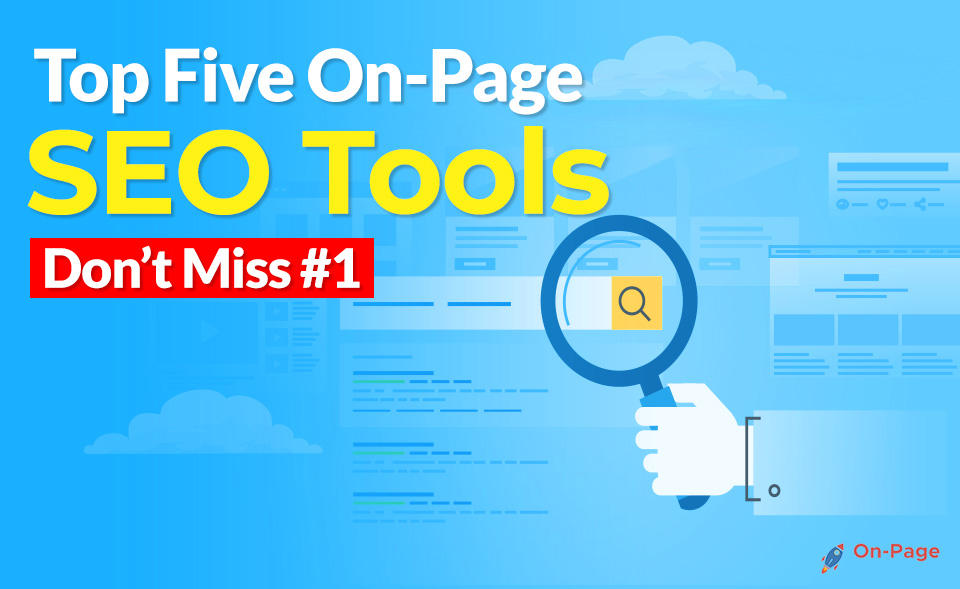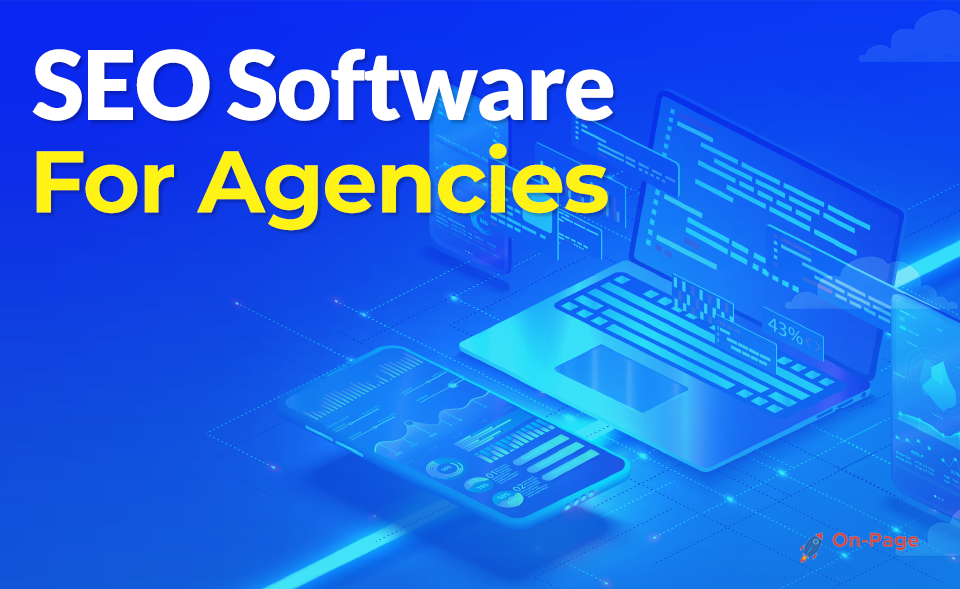
Imagine being in a room full of diverse nationalities, speaking their respective languages, yet understanding every single word spoken – all thanks to the rapid advancements in artificial intelligence. Welcome to the world where the language barrier is a thing of the past! In this On-Page.ai‘s blog post, we’ll delve into how AI, the game-changer of the 21st century, is revolutionizing translation and making cross-cultural communication seamless like never before. Don’t get lost in translation – read on and discover innovations that are breaking linguistic barriers one phrase at a time.
Artificial intelligence is transforming the language translation industry by enabling faster, more accurate translations. Thanks to advances in neural machine translation (NMT) technology, AI-powered translation services can now offer high-quality translations that surpass traditional statistical machine translation (SMT) models. These services are being used in a variety of industries, from eCommerce to instant messaging, and have already proven to be a game-changer for businesses looking to expand into new markets.
AI in Translation
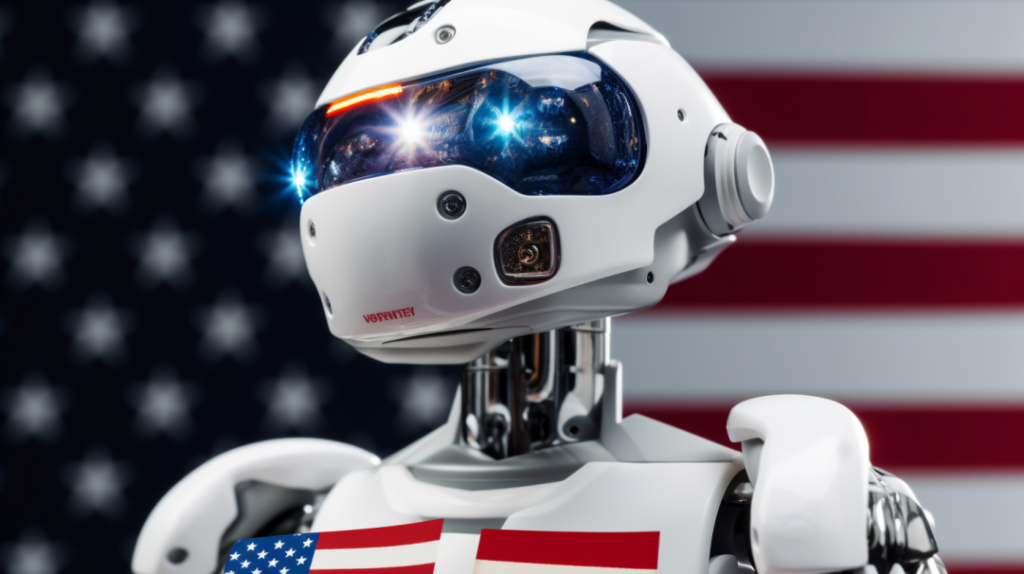
Artificial Intelligence has been revolutionizing many industries, including the translation industry. While traditional translation methods involve human intervention and rely on extensive knowledge of the language and culture, AI-based translation services use algorithms to automatically translate text without human intervention.
AI-based translation has several advantages, including speed, accuracy, and cost-effectiveness. Unlike humans who take time to read and understand a text before translating it, machine translations can work around the clock at lightning speed with equal or higher accuracy rates. The possibility of error is also significantly lower with AI-based translations as they rely on specific patterns learned through data analysis.
Another advantage of AI-powered translations is that they reduce the costs associated with hiring multiple translators for different languages. With AI-based translation services, enterprises can translate their documents and content into multiple languages simultaneously. This means that businesses get more content translated in less time and at a lower cost while still catering to a wider audience.
For instance, consider multinational corporations that need to create marketing materials for their various office locations worldwide. These companies will benefit from having a reliable AI translator to communicate effectively with different audiences located across the globe.
However, despite these benefits, some limitations of AI translations remain that limit their capacity to fully replace human translators.
One significant limitation is that AI-based translations struggle with translating creative expressions like idioms and metaphors. These expressions rely heavily on cultural context and often lose their meaning when translated directly word-for-word.
Moreover, human translations go beyond merely interpreting words; translators incorporate the nuances of language while preserving cultural references unique to each language and region.
While some would argue that AI-powered translations may not always be able to replace humans entirely due to its failures in handling cultural nuances and linguistic creativity, others contend that this technology will only get better over time as more data is fed into the algorithm.
Overall, the use of AI in translation services promises a more efficient and cost-effective method of communication worldwide. It has already demonstrated an ability to provide reliable translations in real-time, making it an increasingly popular alternative for businesses and individuals.
- A study conducted in 2017 by Google found that their neural machine translation (NMT) system reduced translation errors by an average of 60% when compared to their traditional phrase-based machine translation (PBMT) system.
- According to a 2020 report, the global market for AI-powered language translation solutions is estimated to grow at a CAGR (Compound Annual Growth Rate) of 30.2% between 2020 and 2025.
- Research published in 2021 revealed that state-of-the-art AI language translation models have achieved approximately 90% human parity in terms of BLEU score (a common metric used to evaluate machine translation quality) for some language pairs, such as English-German and English-French translations.
- AI-based translation services are revolutionizing the translation industry by providing speed, accuracy, and cost-effectiveness. It allows enterprises to translate multiple languages simultaneously, providing them with more content translated in less time and at a lower cost, catering to a wider audience. However, the technology still struggles with cultural nuances and linguistic creativity, making it unlikely to fully replace human translators. Nonetheless, it promises a more efficient and cost-effective method of communication worldwide as data is fed into the algorithm, improving its capability in the future.
Neural Machine Translation
One of the most promising aspects of AI-based language translations is called Neural Machine Translation (NMT). NMT takes AI-powered translations to the next level by leveraging deep learning techniques and neural networks.
Unlike traditional statistical machine translation techniques that rely on human-made rules, NMT uses Artificial Neural Networks (ANNs) to learn through data analysis. ANNs mimic the workings of the human brain, enabling them to understand how sentences are constructed and generate more natural-sounding translations.
Think of it as a language-learning machine that, over time, can detect patterns from large datasets, providing increasingly accurate solutions. Neural machine translation applications have the upper hand when handling complex languages like Chinese or German, whose expressions often depend on word order.
The emergence of NMT can also decrease the need for separate translators for each language pair. Traditional methodologies relied on specific expertise but had limitations when translating multiple languages simultaneously. In essence, NMT eliminates these concerns while ensuring companies reach their multilingual audience effectively.
While AI translation technology’s advancements using NMT have generated positive results, concerns grow among language enthusiasts regarding its impact on intelligence as we know it. Some claim that relying too heavily on AI-related technologies may make humans more reliant on translation tools and automated processes instead of cultivating their language skills naturally.
Despite these arguments’ validities, evidence shows that incorporating AI-powered translations into business operations enhances communication efficiency while opening doors of opportunity to businesses with budget constraints. As we continue to advance technologically, we will always encounter people who resist new progress under the argument that technology will take our jobs away.
In retrospect, what is evident today is that AI-powered translations are providing reliable, cost-efficient, and real-time translations leading to smooth business operations. Moreover, this technology gives professionals the ability to easily connect with people across the globe while simultaneously promoting transparency and accuracy.
Major Players in AI Translation Services
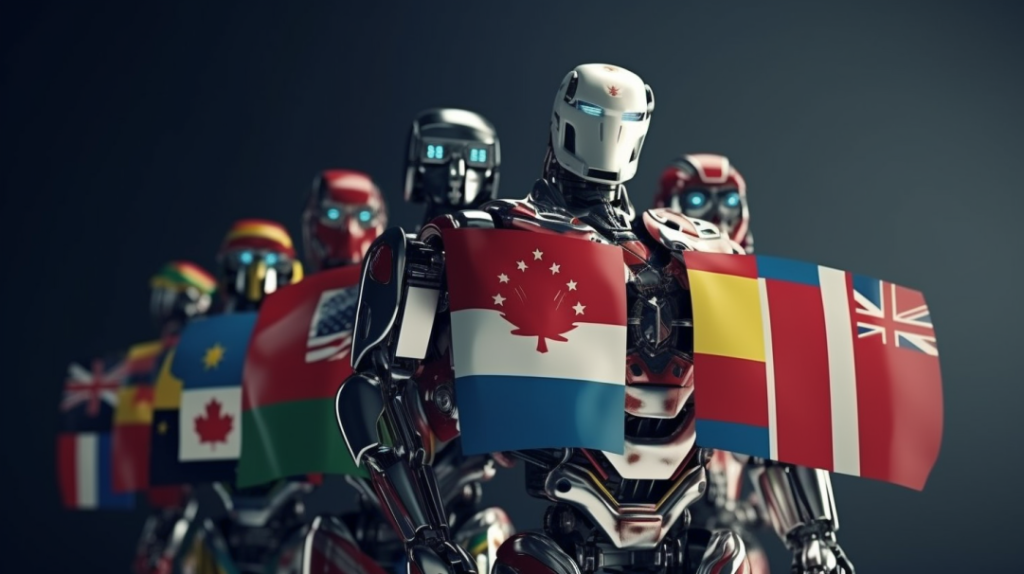
The translation industry has experienced significant growth due to the advancement of Artificial Intelligence technology. Major players in the industry seek to provide high-quality translations, personalization, and efficient localization of multilingual content through their products and services. Some popular AI translation service providers include TransPerfect, Yandex Translate, iTranslate, Microsoft Translation, and Google Translate.
TransPerfect prides itself as a global provider of language services and solutions to businesses worldwide. The company offers translation services in over 170 languages through cutting-edge AI technology that ensures accurate and timely translations. Their AI technology includes machine translation engines trained with specialized domain data, which provides accurate translations for complex business domains such as legal documents.
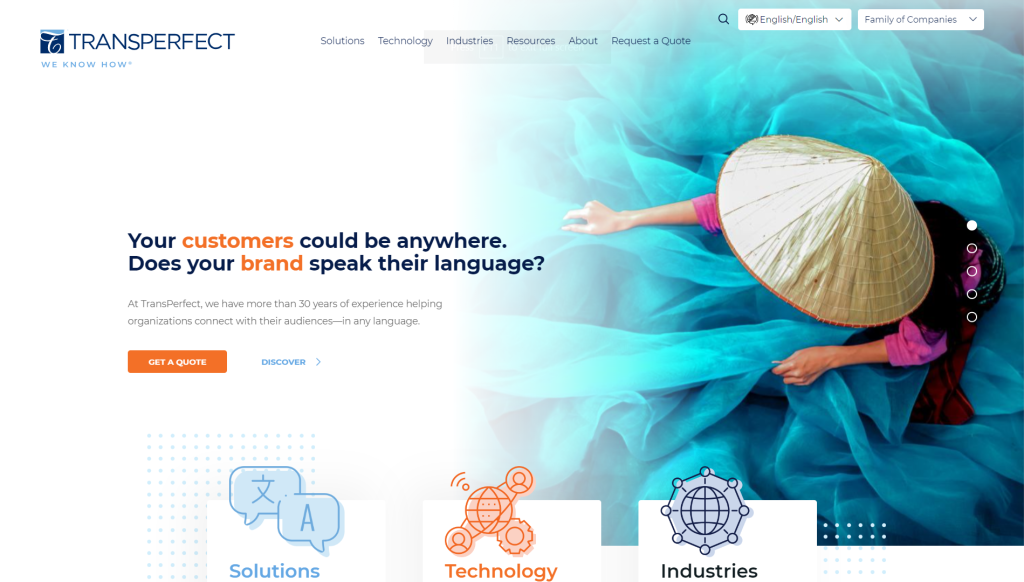
Google Translate is another major player in the industry and has conquered many language barriers for individuals all over the world. This machine learning-driven translation service translates up to 109 languages with unparalleled accuracy, considering almost any context, dialects or nuances that arise during language translations.
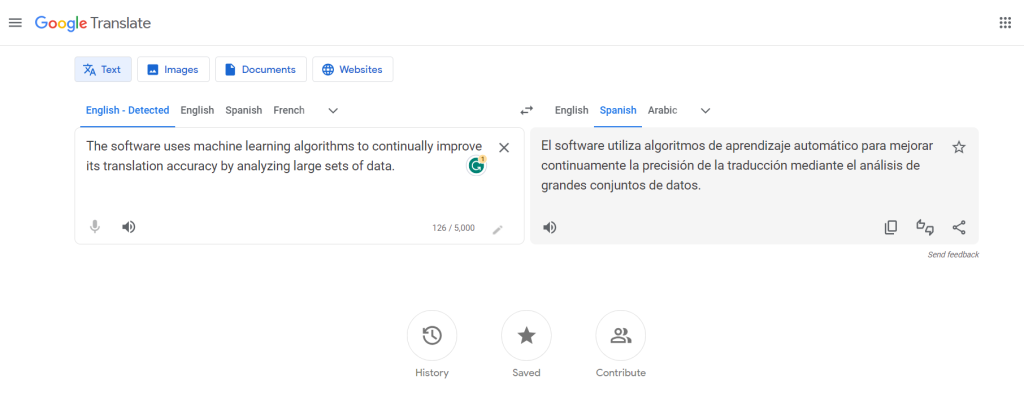
Microsoft Translator seeks to connect people globally across different languages by providing quality and trustworthy translations in real-time using advanced technologies such as neural machine translation (NMT). The company also offers speech translation software that can convert speech from one language to another.
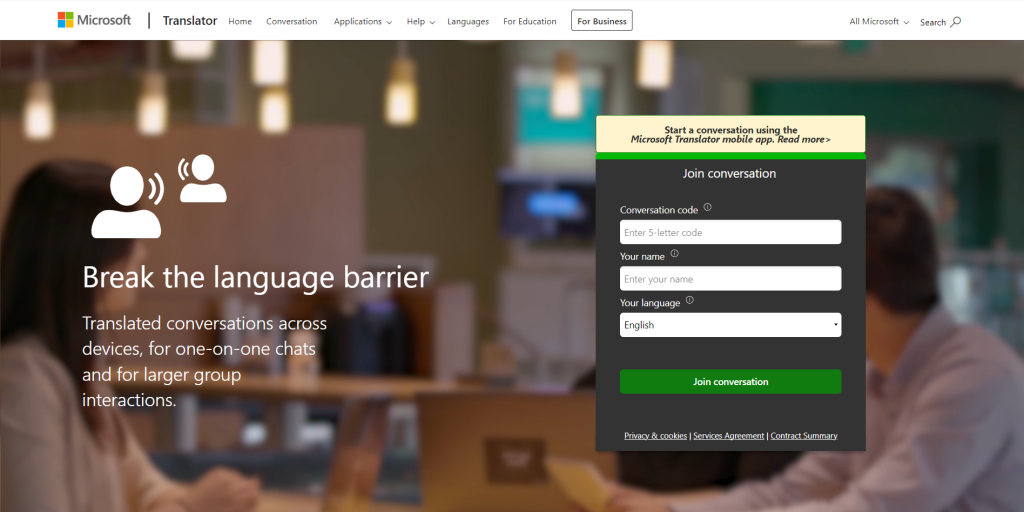
DeepL is a popular NMT-based translation service available for free with limited versions or via a subscription model offering a more comprehensive version suitable for businesses. DeepL’s strength lies in its exceptional fluency achieved by training its algorithms on a dataset comprising different fields’ technical literature.
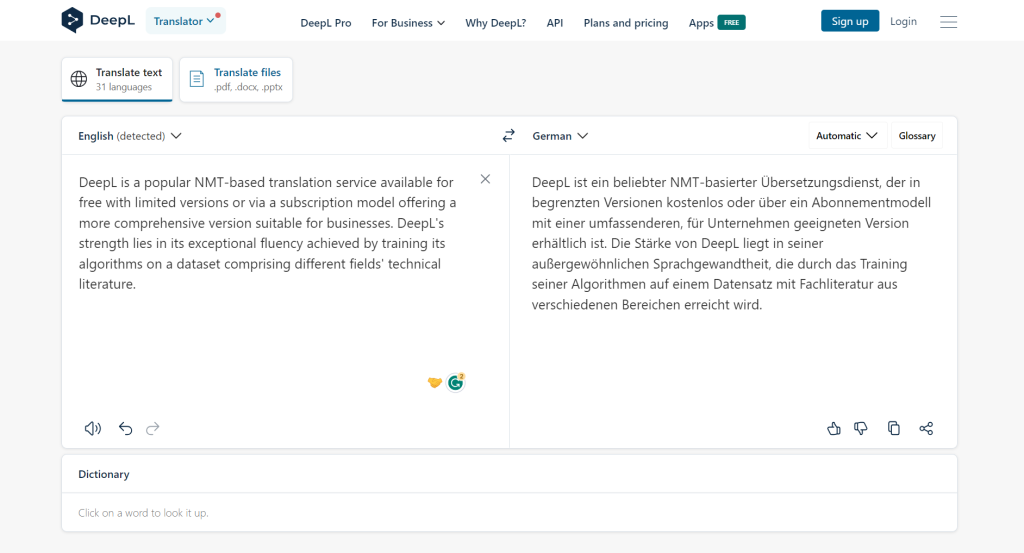
AppTek is an AI-powered- Machine Translation platform; it employs Neural Networks, Deep Learning Model architectures modeled on human intelligence designed to break down language barriers. AppTek works based on advanced machine learning algorithms that offer near-human levels of flawless translations that can exist within multiple digital platforms seamlessly.

As these rising players benefit from state-of-the-art technologies like cloud computing and high-speed processors, the future of human translation lies in question. While some people might argue machines can quickly translate or even replace human translators, there is still plenty of room for human input.
With these major players contributing significantly to the language translation industry, it’s essential to understand how AI-powered technology can provide a better service than Human translations. Therefore, in the following section, let’s discuss the advantages of AI-Powered translation.
Advantages of AI-Powered Translation
AI-Powered Translation has revolutionized translating. It offers users an efficient and cost-effective solution that delivers top-quality translations. Some of the benefits include:

Improved Quality and Efficiency: Previously, translators would spend hours translating documents manually and would often make mistakes due to fatigue and other factors. However, with AI-based translation solutions such as DeepL or Google Translate, documents get translated almost instantaneously with precise accuracy. The software runs continuously in the background and generates seamless translations – free from translation errors which increases overall productivity.
Imagine having a global company sending emails back-and-forth exchanged between different continents. The emails would need constant translations by a human translator- this process would be costly and not always accurate. With an AI deployment on your email platform like Gmail or Outlook, you’d focus more on creating long-lasting partnerships with clients rather than worrying about language barriers that may arise during communication.
Machine Translation services keep improving whereby they can handle ancient languages translating them into contemporary languages such as Latin-to-English using NMT systems trained for this specific function successfully. An example being Alibaba Translate and Microsoft Translator offering such services within their packages ranging from basic users to business-level solutions.
Improved Quality and Efficiency
Thanks to artificial intelligence, machine translation technology has come a long way in recent years. The improved quality and efficiency of AI-powered translation mean that businesses can translate large volumes of multilingual content more quickly and cost-effectively than ever before.
- One significant advantage of AI translation is its ability to process vast amounts of text incredibly fast. The speed and accuracy offered by AI have enabled businesses to automate manual tasks, significantly reducing the time and resources required for human translation. This means companies can scale their operations more effectively while moving faster than their competitors.
- Another significant benefit of AI-powered translation is the accuracy of results. Quality neural machine translation models rely on advanced algorithms that process data to learn language rules and patterns. These models can not just create literal translations but also capture the nuances of language. As a result, AI provides highly accurate translations, considering factors such as context, syntax, grammar, tone, intent, and cultural differences.
- Additionally, because AI-powered translations are automated, they minimize errors frequently introduced by humans. Human translators might overlook small typos or make other small mistakes that could affect the final product’s quality. In contrast, machine learning ensures consistent quality with every translation.
- For example, suppose your business had to translate thousands of customer reviews to sell internationally without compromising on quality or speed. In that case, using an advanced neural machine translation model would enable you to translate these reviews into several languages simultaneously without any mistakes or compromising quality.
- Similarly, eCommerce websites need fast turnaround times for translating user-generated content such as product descriptions or reviews to cater to a broader audience. Using AI in this use-case speeds up the process while improving efficiency and quality.
According to recent studies comparing different machine translation models’ results with human translations show excellent promise—many studies suggest that AI-generated translations achieved comparable accuracy levels as those generated by human translators.
Indeed, companies that have started utilizing AI such as On-Page.ai have seen significant benefits. Their operating costs reduced, production time increased, and they can offer more languages to their customers. By using machine translation technology, businesses have been able to grow and expand in international markets quickly.
However, it’s not all sunshine and roses when it comes to AI translation.
Limitations of AI in Translation

One significant limitation of AI-powered translations is understanding the language’s nuances and context accurately. Although AI can translate text correctly word for word, it often cannot capture sarcasm, humor, and cultural references. This problem leads to issues where translations produced by machine are considered awkward or even offensive.
Additionally, since machine learning trains data sets based on existing texts—there are often errors that creep into the models. For example, an algorithm may learn phrases that contain incorrect grammar or incorrectly translated words. As a result, these errors will be copied to every subsequent translation requested from the algorithm.
While these errors can be mitigated by consistently updating and correcting training data sets to improve performance in future translations—this issue currently remains a significant constraint for accurate translations using machine learning technology.
- It’s helpful to think about the limitations of machine language translation as being akin to driving directions provided by GPS devices. GPS devices generate accurate bilingual instructions while driving; however, they do not provide nuanced and interactive exploration of a city. Further exploration and understanding require experience with the location being visited or employing local knowledgebase.
- Similarly – when translating complex texts from one language the cultural differences between languages would impact how accurately a sentence gets translated. A phrase that uses sarcasm might go unnoticed due to its challenging nature for machines equipped with emotional recognition capabilities.
- While AI has enabled significant progress towards accurate language translation – is it enough? Would businesses without human translators significantly miss out? In some specific cases yes, such as translations requiring sensitivity and creative flair like poetry or literature. For other cases – a business might only need a high-degree of consistency in how user interface text is translated where context plays less of a role.
It’s clear that AI-powered translation is revolutionizing the industry, but it isn’t perfect. As with any technology, there are limitations to its capabilities. In the next section, we’ll discuss what the future holds for AI translation technology.
Handling Nuances and Context
One of the biggest challenges of using artificial intelligence in translation is the ability to handle nuances and context. Language is complex and highly contextual, making it challenging for machines to accurately capture the meaning of a sentence. The success of automated translation depends on the quality and quantity of available input data, which can vary greatly depending on the language pair being translated.
For instance, in Japanese, one word can have multiple meanings depending on its context. In English, the phrase “kick the bucket” means to die, but when translated directly into another language without considering the context, it might not make sense and result in an inaccurate translation. Similarly, certain cultural references and idioms can be lost in translation, leading to ambiguity or misunderstanding.
Consequently, AI-powered translation tools are often supplemented with additional measures to ensure accurate translation. Some providers use a two-step process that involves machine translation followed by human editors who review and refine the output. This approach provides greater accuracy while also preserving the speed and efficiency benefits of automated translation.
However, some argue that relying on human editors defeats the purpose of using AI as it adds time and cost to the process. There is also concern about how users will interact with machine-translated content that is not entirely accurate or polished.
To put it simply, AI translation tools are like a dictionary – they provide definitions for words but do not account for context or tone. Just as we need to understand the meaning behind words in order to use them correctly in a sentence, so too must machines be able to recognize context and nuance in order to produce accurate translations.
Future Trends in AI Translation Industry
Despite its limitations, AI has already made significant progress in revolutionizing the language industry. As technology continues to evolve, we can expect to see even more advancements in the coming years.

One trend that is likely to continue is the integration of AI-powered translation tools with other software applications. For example, translation tools may be incorporated into web browsers, allowing users to automatically translate foreign-language websites without having to copy and paste content. Similarly, chatbot applications may use AI translation to communicate with users regardless of language barriers.
Additionally, AI-powered video transcription and translation services are also growing in popularity. This technology allows for real-time transcription and translation of spoken content, making it easier for businesses to connect with global audiences through video content.
In essence, AI translation is like a bridge between languages, enabling communication across cultures and borders. As more businesses expand their reach globally and consumers become increasingly connected online, the demand for accurate and efficient translation services will only continue to grow.
However, there will always be limitations to what machines can do. Human touch will still play an important role in the translation process for highly specialized or culturally-sensitive content where context matters most. It remains to be seen how the balance between machine and human translations will evolve as AI technology advances.Check out and sign up for On-Page.ai, which provides fantastic tools to help you enhance your content language translation.
Responses to Frequently Asked Questions with Explanations
How effective is AI in translating complex languages?
AI is increasingly becoming a crucial tool for translating complex languages, however, its effectiveness varies depending on numerous factors. While it can accurately translate common language pairs such as English-Spanish or French-German with over 90% accuracy rates, the same cannot be said when dealing with less commonly used languages.
Studies have shown that AI translation accuracy drops significantly when working with low-resource languages such as indigenous dialects or those with limited digital presence. For instance, in a study conducted by Google’s AI translation team, the model struggled to produce coherent translations for African dialects such as Amharic or Tigrinya, leading to accuracy rates as low as 10%.
Despite these shortcomings, AI-based translation continues to improve thanks to advancements in machine learning and neural networks. Additionally, companies are investing heavily in developing better data sets and models designed to handle various linguistic complexities.
In conclusion, while AI translation has significant potential, it’s important to recognize its limitations and use it as a complementary tool alongside human translators.
What industries or areas are seeing the biggest impact from AI language translation?
The impact of AI language translation is being felt across multiple industries and areas, but some are seeing more significant changes than others. One clear example is the travel and tourism industry, where language barriers have often hindered communication and led to miscommunications. AI-powered translation devices such as Google Translate or real-time interpreting services like iTranslateConverse have helped overcome those barriers, making travel experiences more accessible and enjoyable for people around the world.
According to Travel Weekly, 55% of travelers would be more likely to visit a country if they could communicate easily with locals in their native language. This statistic highlights how vital translation tools are in the travel industry. Additionally, retailers that offer online shopping experiences have also benefited hugely from AI-powered translation services. It allows them to expand operation into new markets rapidly.
However, it’s not just about breaking down language barriers; AI translation also has significant potential in healthcare, legal services, and international business – to name just a few. For instance, NLP-based chatbots can analyze symptoms using natural language processing (NLP) techniques so patients can receive health advice without seeing a doctor physically. And AI systems like Google Cloud Translation API can help legal professionals handle multilingual documents accurately and quickly, freeing up time spent on manual translations.
Overall it can be concluded that AI Translates Language is incredibly promising and meaningful in transforming diverse industries themselves fundamentally as well as global business environments.
Can AI ever fully replace human translators?
The question of whether AI can fully replace human translators is a complex one. While AI technology has made impressive strides in recent years, there are still some areas where human translators outperform machines.
- For instance, machine translation can struggle with accurately capturing the nuances and cultural context of language, leading to translated content that may be awkward or even offensive. Furthermore, certain specialized industries like legal or medical translation require extensive knowledge and expertise that may not be easily coded into an algorithm.
- At the same time, AI’s ability to learn from vast datasets has enabled it to make significant advances in translation accuracy, particularly when it comes to more straightforward or technical translations. Additionally, automated translation can save time and money for businesses and individuals who require regular translation needs.
- According to a report from ResearchAndMarkets.com, the global artificial intelligence (AI) in language services market size is projected to grow from $0.6 billion in 2020 to $1.5 billion by 2025, at a compound annual growth rate (CAGR) of 20.6% during the forecast period.
Overall, while AI technology is making strides towards being able to replace human translators, it is unlikely this will happen completely in the foreseeable future. Instead, it will be important for both humans and machines to work together to produce high-quality translations that meet the needs of businesses and individuals alike.
How does AI learn to translate languages and improve its accuracy?
Artificial Intelligence (AI) relies on machine learning techniques to translate languages and improve accuracy over time. The technology involves training algorithms based on large datasets of bilingual texts, which allow the software to analyze patterns and identify similarities between languages.
- One commonly used technique is neural machine translation (NMT), where deep learning models are trained on large datasets using multi-layered neural networks. This approach has shown significant improvements in translation quality compared to earlier methods like rule-based or statistical machine translation. In fact, a study by Google found that NMT was able to reduce errors by 60% compared to previous methods.
- Another way AI improves accuracy is through continuous learning and feedback loops. As more text is translated, the system updates itself with new data and learns from any mistakes it makes. This enables the system to better understand context, idiomatic expressions, and cultural nuances specific to different languages.
- Moreover, companies such as Google constantly update their translation models with new language pairs and data sources. By doing this, AI can pick up on regional dialects or colloquialisms specific to certain regions or countries.
In conclusion, AI learns to translate languages and improve accuracy through machine learning techniques such as NMT and continuous learning via feedback loops. With ongoing developments and innovations, AI translation is expected to continue revolutionizing the language industry – transforming the way we communicate beyond borders.
What advancements have been made in AI language translation technology?
The advancements made in AI language translation technology have been exceptional over the recent years. Neural machine translation (NMT) has replaced rule-based machine translation (RBMT) and statistical machine translation (SMT), making translations more accurate, fluent, and natural. In fact, Google Translate has moved from SMT to NMT and is now capable of translating entire paragraphs instead of only single sentences.
According to a report by Tractica, the global revenue generated from AI language technology is expected to reach $24.5 billion by 2025. This indicates the rapid growth and adoption of AI in the language industry.
Additionally, AI-driven services like DeepL and SYSTRAN are enhancing the quality of translations by leveraging deep learning models that can retain context and meaning while improving fluency. These advancements are enabling businesses to explore untapped markets by translating their content into multiple languages with high accuracy.
In conclusion, the developments in AI language technologies have surpassed our expectations and drastically transformed the language industry for the better. Advancements like NMT and deep learning models are fast-tracking us towards seamless, human-like translations that would ultimately connect people across languages and cultures like never before.


